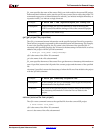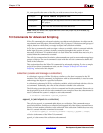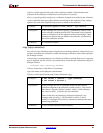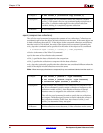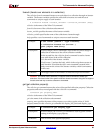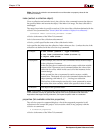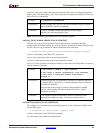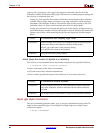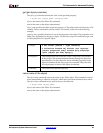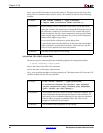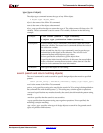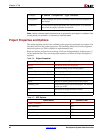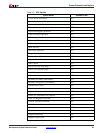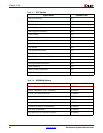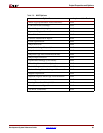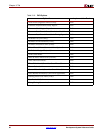
Development System Reference Guide www.xilinx.com 89
Tcl Commands for Advanced Scripting
R
get (get object properties)
The object get command returns the value of the specified property.
% object get <object_name> <property_name>
object is the name of the Xilinx Tcl command.
name is the name of the object subcommand.
object_name specifies the object to get the property of. The object name will always be a Tcl
variable. The set command is used to create a Tcl variable, as shown in the following
example.
property_name specifies the name of one of the properties of an object. The properties of an
object vary depending on the type of object. Use the object properties command to get a list
of valid properties for a specific object.
name (name of the object)
The object name command returns the name of any Xilinx object. This command is useful
when manipulating a collection of objects, which may have been returned from a search.
The object name command can be used to narrow the collection.
% object name <object_name>
object is the name of the Xilinx Tcl command.
name is the name of the object subcommand.
Example: % set colVar [search * -type instance]
% collection foreach obj $colVar {set objProps
[object properties $obj] foreach prop $objProps
{puts [object get $obj $prop]}}
Description: This example first runs a search to create a collection of all instances
in the project. The second statement iterates through the objects in
the collection. For each object, the list of available properties on the
object are obtained by the object properties command. Then, the value
of each property for each of the objects is returned.
Tcl Return: The value of the specified property.



